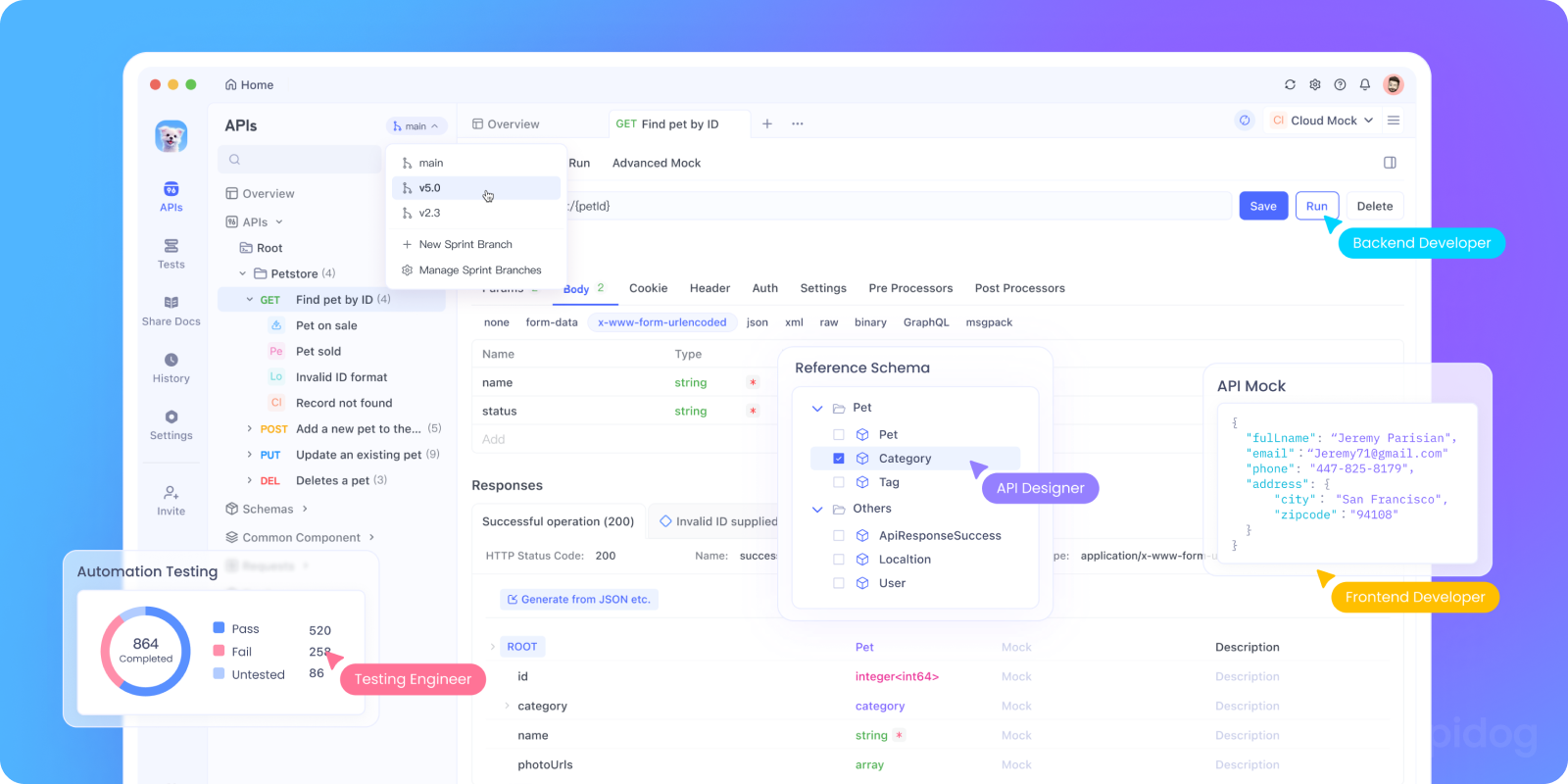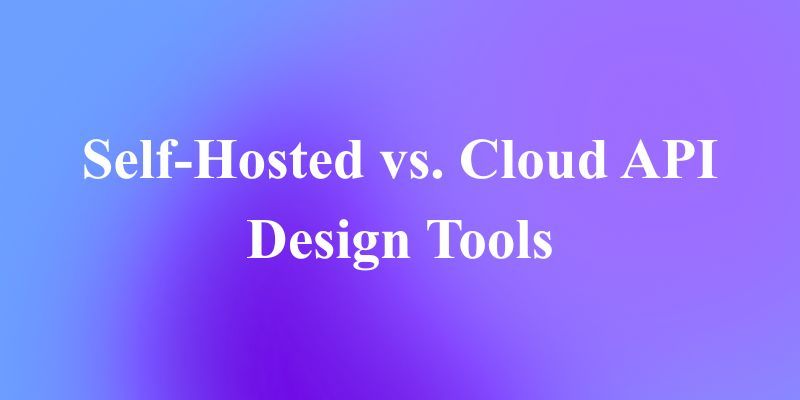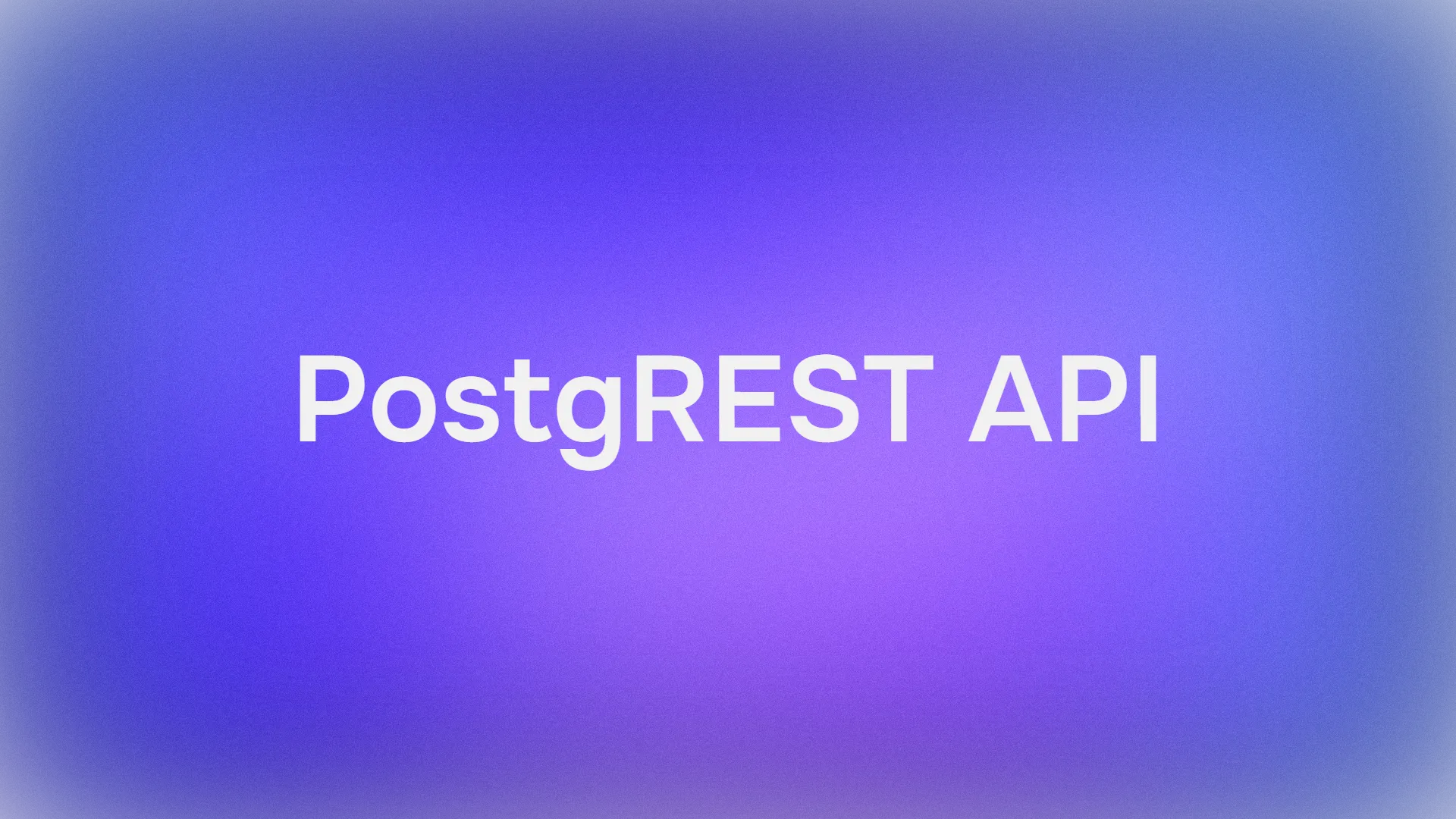You're leading a team building a new API, and you've decided to use a proper API design tool instead of wrestling with YAML files in a text editor. Great choice! But now you face a fundamental decision: should you go with a self-hosted solution that runs on your own servers, or a cloud-based platform that lives in someone else's data center?
This isn't just a technical choice; it's a strategic one that affects your security posture, your budget, your team's workflow, and your ability to move fast. It's the difference between building your own workshop with all your tools neatly organized on your property, versus having a membership to a state-of-the-art shared makerspace.
Both approaches have passionate advocates, and both have legitimate strengths and weaknesses. The right choice depends entirely on your organization's specific needs, constraints, and culture.
Now, let's break down this important decision point by point.
What Do We Mean by "Self-Hosted" vs. "Cloud"?
Before we dive into the comparison, let's clarify our terms.
Self-Hosted (On-Premises) Tools
These are software applications that you install and run on your own infrastructure. You're responsible for everything: the servers, the database, the networking, the backups, and the updates. Examples include open-source tools like Swagger UI running on your own server, or commercial software that you license and install internally.
Cloud-Based (SaaS) Tools
These are services you access over the internet via a web browser. The provider manages all the infrastructure, security, and maintenance. You just create an account and start working. Examples include platforms like Apidog, Postman, and Stoplight.
The Control and Security Dimension
Self-Hosted: The Fortress Mentality
The Biggest Pro: Ultimate Control and Data Sovereignty
When you self-host, your API specifications, design documents, and testing data never leave your network. For organizations in highly regulated industries like healthcare (HIPAA), finance (SOX, PCI-DSS), or government (FedRAMP), this isn't just a preference it's a compliance requirement.
- You control the security policies: Your network security team can apply the same firewall rules, intrusion detection, and access controls that protect your other critical systems.
- Data never travels: Sensitive API schemas that might reveal your system architecture or contain internal endpoints stay safely behind your corporate walls.
- Compliance becomes easier: You can point auditors to exactly where the data resides and how it's protected.
The Hidden Con: The Security Burden
The flip side is that you're now responsible for securing this application. If there's a vulnerability in the API tool itself, your team needs to patch it. You're responsible for access controls, logging, and monitoring. The security team that loved you for keeping data internal might now be asking you difficult questions about your security practices.
Cloud-Based: The Shared Responsibility Model
The Biggest Pro: Professional Security at Scale
Reputable cloud providers invest millions in security that would be difficult for any single organization to match. They have dedicated security teams, automated vulnerability scanning, and compliance certifications that might be prohibitively expensive for you to obtain independently.
- Built-in security features: You get SSO integration, role-based access control, and audit logging without having to build it yourself.
- Automatic updates: Security patches are applied seamlessly by the provider.
- Proven compliance: Major cloud providers maintain SOC 2, ISO 27001, and other certifications.
The Consideration: Trust and Transparency
The tradeoff is that you need to trust the provider's security practices. You'll want to review their security documentation, understand their data processing agreements, and ensure they meet your compliance requirements. Your sensitive API designs are now stored on someone else's infrastructure.
The Cost and Resource Equation
Self-Hosted: High Upfront, Predictable Long-Term
The Financial Model: Typically involves perpetual licenses or open-source software with internal maintenance costs.
- Pro: Once you've paid the license fees and setup costs, your ongoing expenses are primarily maintenance and hosting. The cost becomes predictable.
- Con: Significant upfront investment in licenses, server hardware, and setup time. You're also on the hook for ongoing maintenance, backups, and updates.
- Hidden Costs: Don't forget to factor in the time your DevOps team spends maintaining the service, applying security patches, and troubleshooting issues.
Cloud-Based: Low Entry Barrier, Operational Expense
The Financial Model: Usually subscription-based (monthly or annual per user).
- Pro: Very low initial cost. You can start with a free plan or small team plan and scale as you grow. No hardware to purchase, no installation to manage.
- Con: Costs can grow with your team and usage. What starts as an affordable tool can become a significant line item if your entire organization adopts it.
- Budget Advantage: Cloud tools transform a capital expenditure (CapEx) into an operational expenditure (OpEx), which many finance departments prefer.
Collaboration and Accessibility
Self-Hosted: The Walled Garden
The Challenge: Collaboration often requires VPNs, complex access rules, and makes it difficult to work with external partners.
If your team is entirely internal and everyone connects to the corporate network, this might work fine. But if you have remote team members, contractors, or external partners who need to review API designs, you'll quickly run into accessibility challenges.
Setting up secure external access to internally hosted tools often involves significant IT overhead and security reviews.
Cloud-Based: Born for Collaboration
The Strength: Instant accessibility from anywhere, on any device, for anyone you choose to invite.
Cloud tools are designed for modern, distributed teams. Features like real-time collaboration, commenting, and easy sharing are typically built-in and polished.
- External stakeholders can review API designs without needing VPN access.
- Remote team members have the same experience as office-based colleagues.
- Mobile access allows for quick reviews and updates from anywhere.
Maintenance and Updates
Self-Hosted: You're the System Administrator
When you self-host, you own the entire maintenance lifecycle:
- Updates and patches become your responsibility
- Backups need to be configured and tested
- Performance monitoring falls on your team
- Integration with other tools requires custom development
This can be a significant drain on engineering resources that could otherwise be building your core product.
Cloud-Based: It Just Works
The cloud provider handles:
- Automatic updates with new features and security patches
- Built-in backup and disaster recovery
- Scalability to handle your growing team
- Pre-built integrations with other development tools
Your team can focus on designing great APIs rather than maintaining the tools.
The Integration Story
Self-Hosted: Custom Integration Possibilities
Since you control the environment, you can build custom integrations with your internal systems. Want to automatically sync API designs with your internal service registry? With self-hosted tools, you can build that integration exactly how you want it.
Cloud-Based: Ecosystem Integration
Cloud platforms typically offer pre-built integrations with popular development tools:
- Git providers (GitHub, GitLab, Bitbucket)
- CI/CD pipelines (Jenkins, GitLab CI, GitHub Actions)
- API gateways and service meshes
- Monitoring and analytics tools
While you might have less flexibility for custom internal integrations, you benefit from maintained, supported connections to the tools you're already using.
Making the Right Choice: A Decision Framework
So, which approach is right for you? Ask yourself these questions:
Choose Self-Hosted If:
- Compliance requirements mandate that data never leaves your infrastructure
- You have strict data sovereignty requirements
- You have dedicated DevOps resources to maintain the tool
- Your team is primarily co-located or already has robust remote access solutions
- You need deep custom integrations with internal systems
- You prefer predictable long-term costs over subscription fees
Choose Cloud-Based If:
- Speed of setup and time-to-value are important
- Your team is distributed or remote
- You collaborate with external partners or contractors
- You want to avoid maintenance overhead and focus on your core product
- You value automatic updates and new features
- You prefer scaling costs with usage rather than large upfront investments
Pros and Cons
Self-Hosted API Design Tools
Pros
- Greater control over data, network boundaries, and security posture
- Easier to meet strict compliance or audit requirements with custom policies
- Potentially lower variable costs at scale if you already operate large internal platforms
- Tighter integration with private systems and legacy infrastructure
Cons
- Operational overhead: provisioning, patching, backups, high availability
- Slower feature uptake due to managed upgrade cycles
- Collaboration friction for external stakeholders
- Requires platform engineering maturity and dedicated ownership
Cloud API Design Tools
Pros
- Faster onboarding and collaboration across teams and partners
- No infrastructure maintenance; continuous updates and improvements
- Lower initial cost and quicker time-to-value
- Easier to adopt advanced features governance, analytics, and integrated testing
Cons
- Data and metadata live in a vendor environment (though with enterprise controls)
- Some teams may perceive reduced control over change windows
- Custom network requirements can be harder to configure compared to internal tools
- Long-term license costs require careful budgeting
A Practical Hybrid Approach
A growing number of teams pursue a hybrid strategy. You design and collaborate in a cloud workspace but keep critical assets mirrored in private repositories. You may run local mock servers during development while using cloud-hosted mocks for integration testing or partner demos.
- Cloud for collaboration and governance
- Git-backed storage for portability and auditability
- Private CI/CD that runs contract tests and enforces standards
- Local or private mock servers for sensitive payloads
- Role-based access and granular permissions that mirror internal policies
This approach blends the convenience of cloud with the controls of self-hosted often without the heavy lift of managing everything yourself.
Testing Your Choice with Apidog

Whichever path you're considering, you need to test how well the tool fits your workflow. Apidog provides a perfect platform for this evaluation.
With Apidog, you can:
- Start instantly with the cloud version to experience modern API collaboration
- Evaluate the feature set with your actual API design and testing workflows
- Test collaboration features with your distributed team members
- Assess security and compliance features against your requirements
- Explore enterprise options if you need more control or specific deployment models
This hands-on experience is invaluable for making an informed decision rather than relying on theoretical comparisons.
The Modern Solution: Best of Both Worlds?
The dichotomy between self-hosted and cloud isn't as stark as it used to be. Modern tools like Apidog understand that organizations need flexibility.
Many teams start with the cloud version for its ease of use and collaboration features, then explore enterprise options that might include:
- Enhanced security controls and compliance features
- Private cloud deployments for organizations that need more control
- Advanced collaboration features that work within enterprise security boundaries
This hybrid approach allows teams to get the benefits of cloud collaboration while addressing the legitimate security and compliance concerns that enterprises face.
Conclusion: It's About Fit, Not Just Features
The choice between self-hosted and cloud API design tools isn't about which approach is objectively "better." It's about which solution better fits your organization's specific needs, constraints, and culture.
Self-hosted tools offer ultimate control at the cost of maintenance overhead and potentially limited collaboration. They're the right choice when compliance and data sovereignty are non-negotiable.
Cloud-based tools offer frictionless collaboration and zero maintenance at the cost of trusting a third party with your data. They're ideal for teams that value speed, accessibility, and focusing on their core product.
The good news is that you don't have to make a permanent choice upfront. Many teams start with cloud tools for their simplicity and low barrier to entry, then reassess as their needs evolve. The most important thing is to choose a tool that supports your API development process today while giving you options for tomorrow.
Download Apidog for free to experience a modern API platform that bridges both worlds, offering the collaboration benefits of cloud tools with the security and control features that enterprises need.



